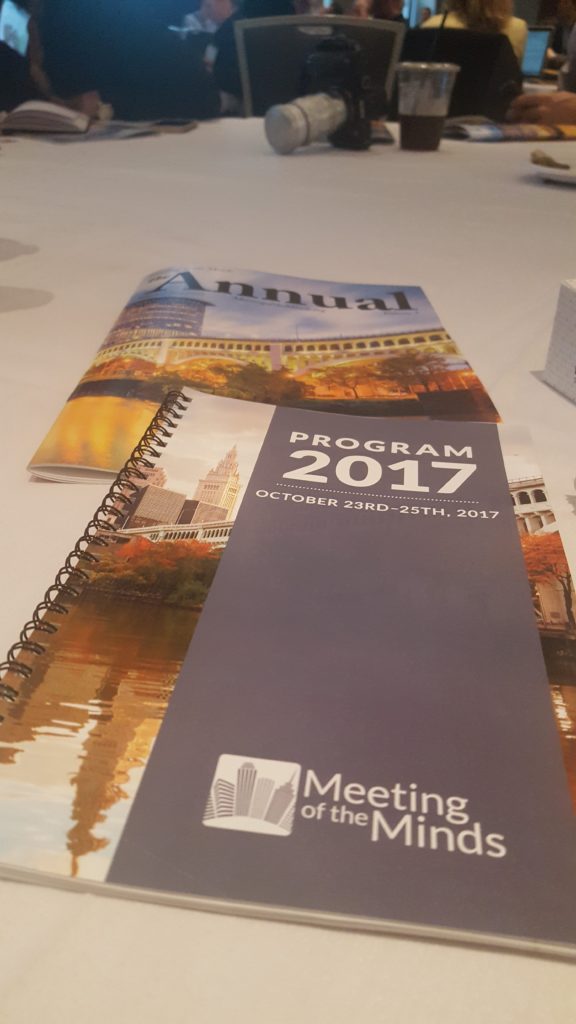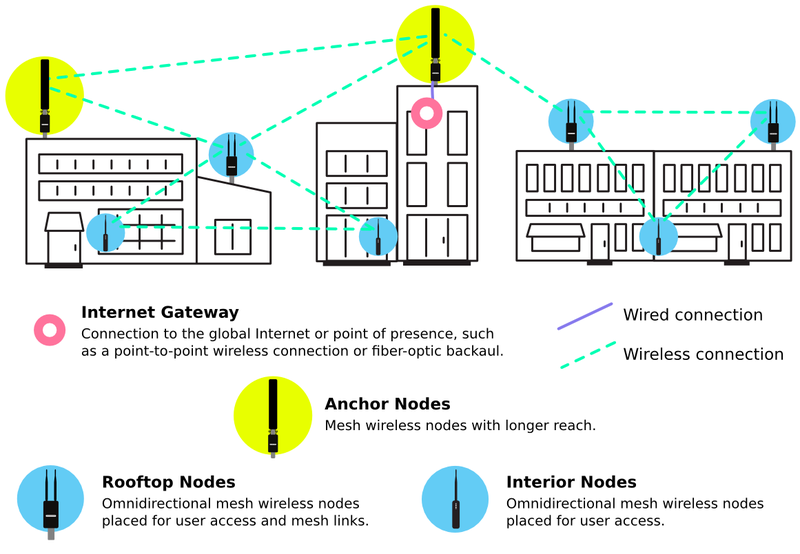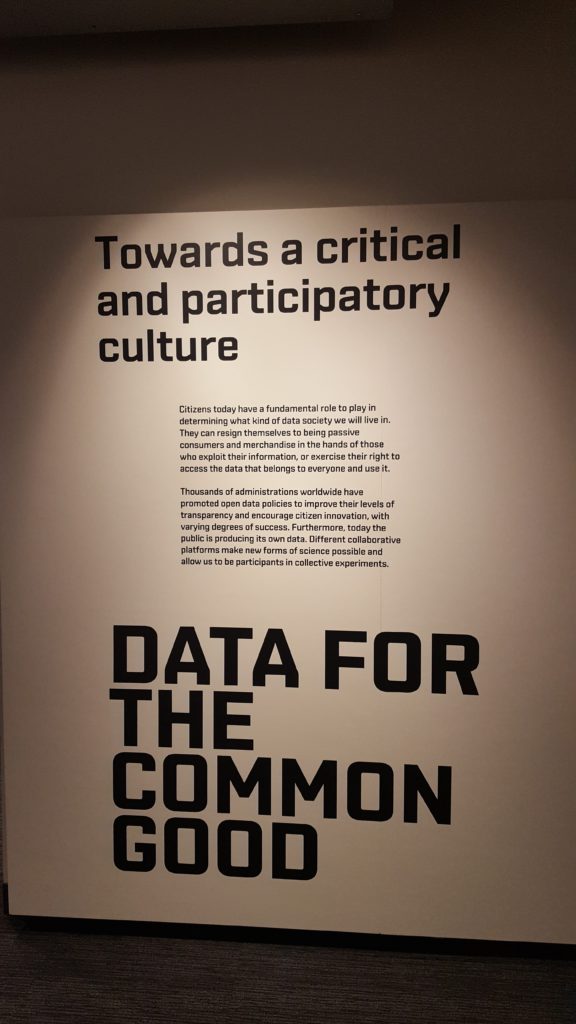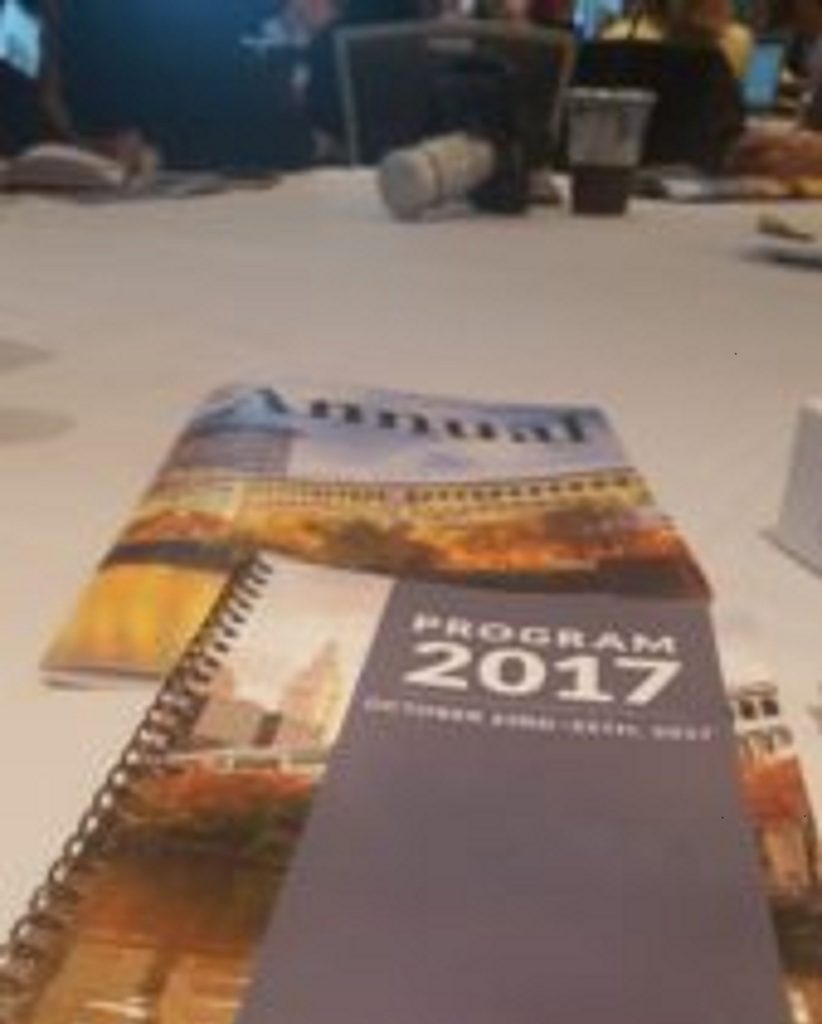I had the honor of attending and speaking at the Meeting of the Minds Annual Summit in Cleveland two weeks ago. The event revolved around themes related to smart and sustainable cities and the digital economy and occurred amidst global debate on controversial data-driven projects like this one.
I have to confess that I usually cringe when hearing the term “smart city” because it is often used with little substance. I was proven wrong by this conference which was full of meaningful and intelligent content. It was an engaging and refreshing learning and networking experience and one upon which I continue to reflect. I have attempted to share here some of the inspiring ideas and projects which were presented, many of which are just as relevant for the cities and citizens of the Middle East.

Civic Innovation
With strong attendance by the NGO and public sectors, many of the projects highlighted at the conference focused on community innovation. Eric Avner from People’s Liberty shared their innovative model, which granted money directly to community members in Cincinnati to fund enrichment projects from cooking classes to public realm design workshops. With 30 civic innovation philanthropic labs to date and a number of 3-month internships, they are making a significant impact in their city.
America’s Most Liveable City
In case you were wondering, the title has been claimed by the city of Saint Paul, Minnesota. The city’s Director of Public Works discussed how the authority are presenting green infrastructure projects as a public amenity, encouraging developers to adopt these schemes as unique features of their development. The authorities Adopt a Drain campaign is an interesting example of including the community in public realm maintenance and management. Funnily, some of the city’s residents who are happy with Saint Paul being the smaller and quieter city in the state (compared to its twin city Minneapolis) have adopted the slogan #KeepSaintPaulBoring 🙂
Resilient Networks
One of my favorite initiatives was the grassroots neighborhood wireless (mesh) network being developed in New York City by Resilient Communities. The image below, taken from the initiative’s website, illustrates the physical components of the project:

The idea has already stood through the ultimate test: the installed neighborhood network was one of the few that remained functioning during and after Hurricane Sandy. The technology is now being exported to Puerto Rico to help people there. Not only does it provide reliable internet access to communities in need, but it also provides a source of learning and employment for the residents. Perhaps even more important are the admirable principles the initiative is founded on, including the digital justice principles: access, participation, common ownership, and healthy communities.
Automation…where we should
The second day started with an interesting discussion on automated vehicles (AVs). Bryan Reimer, a research scientist from MIT, made it clear that it will be many decades before fully automated vehicles become a reality for the layperson. However, various aspects of automation exist commercially today and can be utilized for improving safety, among other aspects. The challenge Reimer posed to the audience and the wider professional community is moving from the existing paradigm of “automation because we can” to one of”automation where we should.”
Humans are underrated
A surprising statement coming from the CEO of an Artificial Intelligence (AI) company. The session by Gabe Batstone gave me a completely different perspective on AI and its possible future impact on workers. Coming from a family of ‘blue-collar’ workers (or ‘warm hands on cold steel’ as he puts it), Batstone is employing AI and Internet of Things (IoT) technology not to replace workers but to improve their capabilities. Rather than machines taking over a human’s job, Batstone envisages a world of “augmented workers” who have access to technology and data that provides safe and productive workspaces. A few days ago, Batstone’s company announced that it would be collaborating with Samsung to bring its software to industrial workers through Gear S3 wearables. Education, training, and social policy were the three necessary ingredients identified by Batstone for facilitating a successful transition to an inclusive AI-supported economy.
Final thoughts
Perhaps what I enjoyed the most about the conference were the frank discussions about the uncertainties and challenges related to the digital age. From the very first session, difficult questions about the role of data in alleviating inequality and the various agendas at play in today’s cities were asked. The presence of professionals and leaders from the government, private sector, and community organizations was essential for having this open discussion.

In case you were wondering, my talk was about Arup’s soon-to-be-released research on Cities in Arid Environments…more on that very soon inshallah!


all the best Huda…very proud to be your cousin :* :*
Thank you…proud to be yours too! 🙂